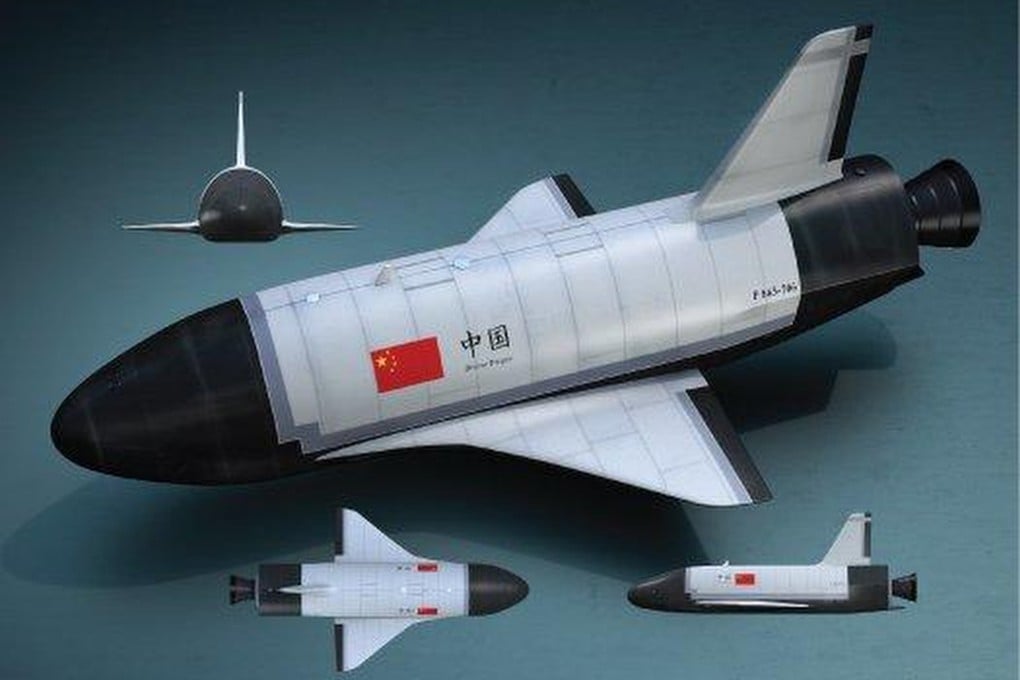China’s Shenlong space plane ends third flight, shows ‘maturing’ performance: state media
Reusable spacecraft lands in Gobi Desert months after US detects unknown object ejected from the plane and sent into same orbit

China’s experimental reusable spacecraft has completed its third orbital test, landing at its designated site in the Gobi Desert on Friday after 268 days in space, according to state media.
The Shenlong – which launched aboard a Long March-2F rocket on December 14 – touched down successfully at the Jiuquan Satellite Launch Centre, state news agency Xinhua said.
The report said the latest launch, which was used to verify reusable technology and conduct space science experiments, showed that the country’s reusable spacecraft technology was maturing.
Reusable space planes could become a convenient and affordable way to commute to and from space in the future. The United States is the only other country in the world with reusable spacecraft.
There are concerns that space planes that are capable of launching microsatellites could be used for military applications.
Shenlong’s previous flight lasted 276 days before it returned to Earth in May last year. It was hailed by state media as a breakthrough in China’s research on reusable spacecraft technology.
China has remained tight-lipped on the space plane’s specifications since its first orbital test in 2020, and has yet to reveal technical details, including its size or weight.
While specifics of the third mission’s purpose and payload are not known, the space plane raised its orbit in January from 300km to 600km (186 to 372 miles) above Earth.

